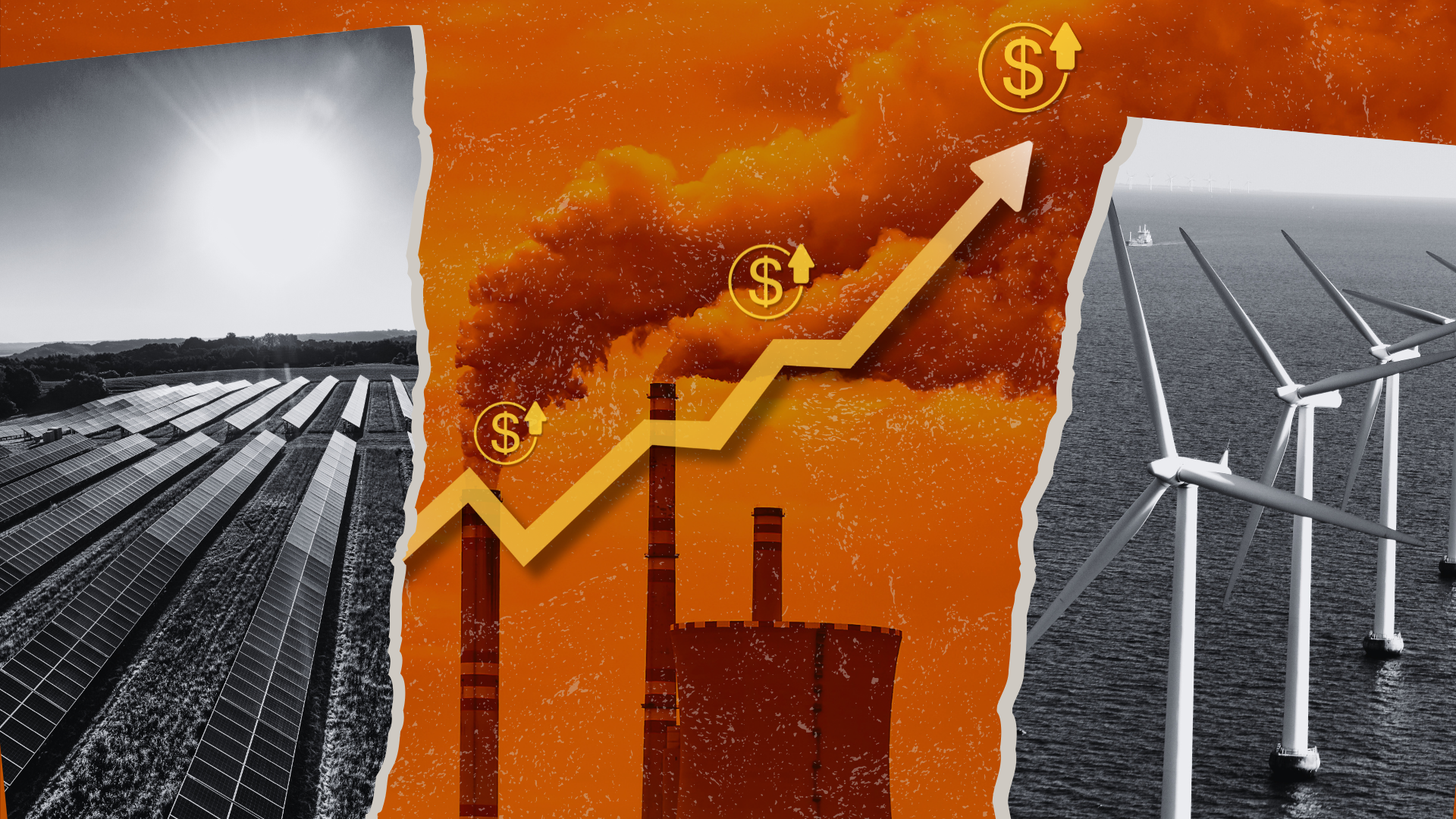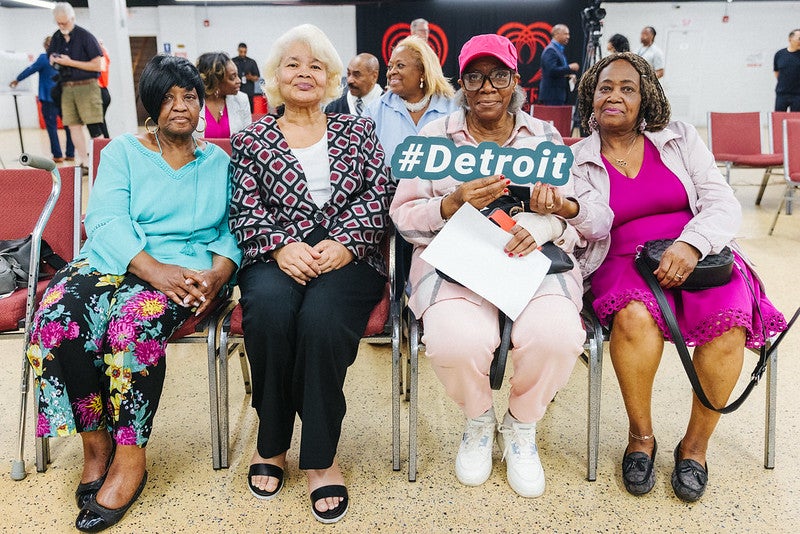Your Health: Tips for Healthy, Low-Carbon Living
 This post is by Sheryl Canter, an online writer and editorial manager at Environmental Defense Fund.
This post is by Sheryl Canter, an online writer and editorial manager at Environmental Defense Fund.
Happily, actions that promote a healthy environment also tend to promote personal health. Using muscle power for transportation by walking and biking gives you the best kind of exercise, and also reduces your carbon footprint. Drinking tap water rather than bottled gives you clean water at one-thousandth the price.
You can use the money you save by avoiding bottled water to make better food choices – in particular, organic produce and dairy from grassfed animals. It also helps both you and the environment to avoid processed foods and foods with heavy packaging.
For more ideas, check out our article Tips for a Healthy, Low-Carbon Life, part of our coverage of National Public Health Week and the impact of climate change on our nation’s health.













4 Comments
All good advice. I’d add:
1) Stop or curtail buying anything made in China or anywhere outside the USA (if you live in the USA that is). Buy products made in this country, including food (go to farmer’s markets, but be sure food sold there is not imported ilke some farmer’s markets are these days). This not only helps the local economies but also reduces transportation greenhouse gases since the products don’t have to be shipped thousands of miles. It also helps the trade deficit (I read that the US’s trade deficit is about the same as China’s trade SURPLUS).
2) I agree with avoiding heavy packaging. For instance, it’s totally inexcusable for companies to put a small SD memory card in a large, thick plastic container that I tend to cut myself opening. Think of all that plastic in landfills, too. All they need to do to avoid theft is put those ID devices on them that beeps if someone takes them out the store without paying – they don’t need the overkill plastic.
3) Buy electronics, furniture, DVDs, clothes, etc in a local mall or store, not via the Internet, even if costs a little more. Sure, you’ll put out greenhouse gases by driving to the mall, but that would prevent an even larger carbon footprint by having online orders shipped to you since they’d be traveling greater distances. UPS or FEDEX trucks and air freight use more fuel than your car, right?
These ideas may have been in some of your linked sites, since I haven’t read those yet.
Speaking of heavy wrapping, I read this right after I posted earlier. It’s from CNET (computer news network):
http://www.news.com/2300-13838_3-6236810-1.html?tag=nl.e433
‘An End to Wrap Rage?’ April 10, 2008
This thick plastic packaging looks about as hard to crack as the laptop lock it contains. “Wrap rage” is what some consumers suffer when struggling to remove a product from a sealed plastic shell resistant to poking, prying, and tearing. Emergency room doctors report regular visits from people who blame battles with packaging for gashes, amputated fingertips, and severed tendons.
But the days of wrap rage and related wounds may soon end as corporations move away from fused “clamshell” or “oyster” designs toward easier-to-open, more ecologically sustainable forms and materials.
Credit: Elsa Wenzel/CNET Networks”
I say GREAT!!
I can totally relate to wrap rage!! I can’t count how many times I’ve cut my hands and cursed the lunatic who designed such insane packaging. I’m delighted it’s on the way out.
I agree….I’m glad its on the way out. Had that heavy plastic wrapping trend continued, the next thing they’d do is shrink wrap toilet paper!! LOL. Plus I’ve also cursed a blue streak opening some of that stuff and I normally don’t do that.